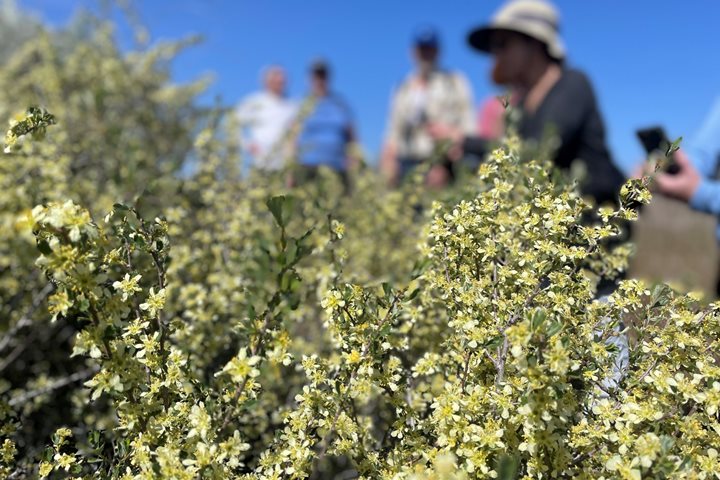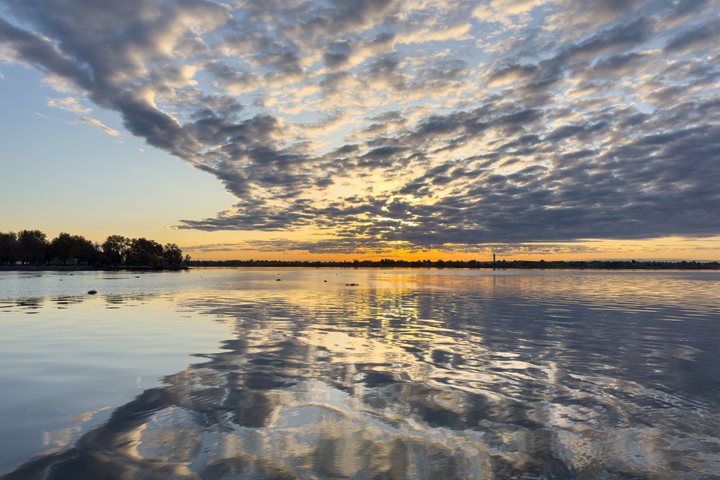Today we explored the lowest reaches of the Columbia River.
We began at Fort Clatsop, where Lewis and Clark spent the winter of 1805-6. We saw a reconstruction of the fort in which the party lived. They hated it here! Winter was soaking wet, the meat was rotten, and fleas infested their living quarters. Our experience couldn’t have been more different. The sun was bright and crisp as we strolled the Historical Park grounds, looking at temperate coastal rain forest’s denizens—spruce, hemlock, cedar, Douglas squirrels, and Steller’s jays.
We returned to Astoria to visit the Columbia River Maritime Museum. This excellent museum displays the many layers of history in this region. We saw artifacts from Indian watercraft and from the days of exploration, the cans and nets from the glory days of salmon fishing, and impressive videos of Coast Guard and bar pilot work over this notoriously dangerous river mouth.
After lunch we split up. Many bussed to Cape Disappointment. Captain Meares may have been disappointed not to find the river mouth here, but our experience was nothing of a letdown. The museum here gave an overview of the Lewis and Clark Expedition, and the overlook of the ocean was terrific. Some trotted out to the lighthouse for an even better view of the beach and the mouth of the river. And all walked a sandy beach and had a chance to dip their toes in the Pacific.
Others rode the ship upstream to the Lewis and Clark National Wildlife Refuge. This place is important habitat for migration waterfowl, young salmon, and also the rare Columbian white-tailed deer. By expedition landing craft we explored the nooks and crannies of the vast marsh here.
At last we gathered on the ship to head for Portland, with time to consider the time that we have shared, the diversity it has encompassed, and the many compelling themes that have united the variety of the Pacific Northwest.







